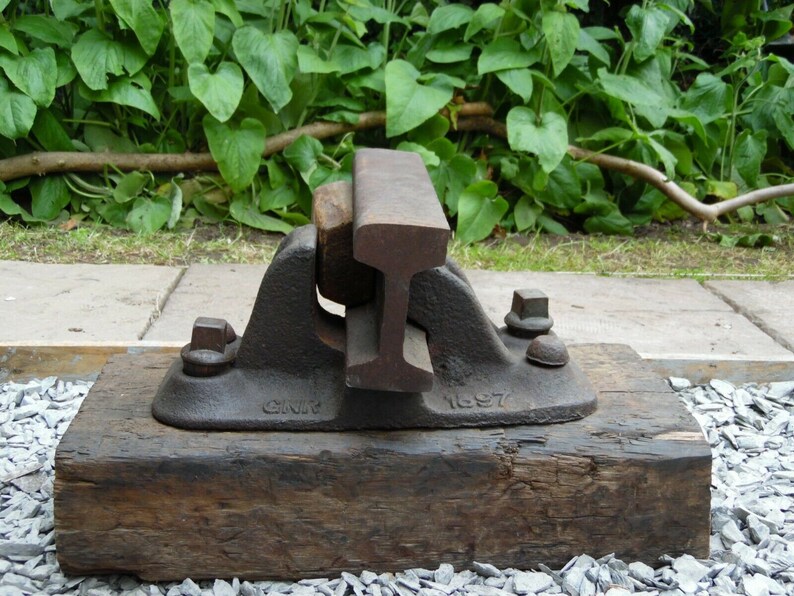Looking for some seasonal track and came across that are labelled: "chairs-left/right" "rail-left/right", I found the "how to build" and they talk about these things in there, but I confess I still have no idea what exactly they are talking about but that does not really matter. I guess my question is, is chairs better then rail? Does one cause the shimmering effect while the other does not? I noticed that chairs uses less LOD than rail (500ish vs 1500ish) so chairs would be easier to draw (no?).
So, totally confused, not sure which to go with so anyone who understands these things and can explain would be greatly appreciated.
So, totally confused, not sure which to go with so anyone who understands these things and can explain would be greatly appreciated.


